- The Gooch

- Mar 25
- 11 min read
Updated: Apr 1
Bill Watterson’s journey to Calvin and Hobbes is a fascinating story of perseverance, artistic integrity, and an unwavering commitment to creativity.

Early Life and Artistic Beginnings
Born on July 5, 1958, in Washington, D.C., Watterson grew up in Chagrin Falls, Ohio. As a child, he loved drawing and found early inspiration in newspaper comics like Pogo by Walt Kelly and Peanuts by Charles Schulz. His parents, particularly his father (a patent attorney), supported his creativity but also encouraged him to consider a practical career path.
In 1976, he enrolled at Kenyon College in Ohio, where he studied political science, but his passion for cartooning never faded. He became the editorial cartoonist for the college newspaper, where he honed his ability to mix humor with sharp observations about society.
Post-College Struggles and Rejection
After graduating in 1980, Watterson landed a job as an editorial cartoonist for The Cincinnati Post. However, he quickly found the work restrictive and uninspiring. His job lasted only a few months before he was let go. Determined to make it as a cartoonist, he moved back home and spent the next few years creating comic strip concepts and submitting them to newspaper syndicates.
He faced rejection after rejection. Syndicates either disliked his style, felt his humor was too intellectual, or didn’t see commercial potential. He experimented with different ideas, including one about a side character named Calvin, a mischievous young boy.
The Birth of Calvin and Hobbes
While developing various comic strip ideas, Watterson realized that the dynamic between Calvin and his stuffed tiger, Hobbes, was the most compelling part of his work. He built a world around their relationship, where Hobbes appeared as a real tiger to Calvin but as a stuffed animal to everyone else—a brilliant metaphor for the power of imagination.
In 1985, after years of rejection, Universal Press Syndicate finally accepted Calvin and Hobbes. The strip made its debut on November 18, 1985, in 35 newspapers. Watterson’s sharp humor, philosophical depth, and beautifully drawn panels quickly captivated readers.

The Rise to Fame
Within a few years, Calvin and Hobbes exploded in popularity. Watterson's refusal to dumb down his humor, combined with his detailed artwork and deep storytelling, made the strip stand out. He used the comic to explore everything from childhood imagination to societal absurdities, environmentalism, and existential questions—all through the lens of a mischievous six-year-old and his fiercely independent tiger.

Despite his success, Watterson famously resisted commercializing Calvin and Hobbes. He fought syndicates that wanted to turn his characters into plush toys and greeting cards, believing that it would cheapen their integrity. His commitment to artistic purity became legendary.

By the early ’90s, Calvin and Hobbes was a cultural phenomenon, appearing in over 2,400 newspapers worldwide. It became one of the most beloved comic strips of all time, cementing Watterson’s place in the history of comics.

The Rise of Calvin and Hobbes
When Calvin and Hobbes debuted on November 18, 1985, in just 35 newspapers, few could have predicted the impact it would have on the world of comic strips. Over the next decade, Bill Watterson’s creation would become one of the most beloved and influential comics of all time, reaching millions of readers worldwide.

The Early Days: A Cult Favorite (1985–1987)
The strip immediately stood out with its blend of childhood mischief, deep philosophy, and stunning artwork. Calvin, the six-year-old protagonist, embodied boundless imagination and irreverence, while Hobbes, his stuffed tiger who came to life in Calvin’s mind, provided a perfect foil—playful, wise, and at times skeptical of Calvin’s antics.

Readers quickly fell in love with Calvin’s wild fantasies—whether he was Spaceman Spiff, Tracer Bullet, or a prehistoric dinosaur—and the deep conversations he had with Hobbes about life, school, and the absurdities of the adult world. By 1987, Calvin and Hobbes had been picked up by hundreds of newspapers, and fan enthusiasm was growing rapidly.

Exploding in Popularity (1987–1990)
The release of the first Calvin and Hobbes book collection in 1987 was a massive success, propelling the comic to even greater heights. More readers discovered the strip through the books, fueling demand. Watterson’s storytelling evolved, incorporating ambitious Sunday strip layouts that pushed the boundaries of newspaper comics.

His artistic inspirations, including Pogo by Walt Kelly and Krazy Kat by George Herriman, became more evident. Watterson experimented with visual composition, panel layouts, and intricate backgrounds, elevating Calvin and Hobbes beyond the traditional constraints of daily comics. By 1988, the strip was appearing in over 600 newspapers, and its book collections were bestsellers.

The Battle for Artistic Control (1989–1991)
As Calvin and Hobbes grew, newspaper syndicates pressured Watterson to commercialize the characters. They wanted plush toys, T-shirts, animated specials—anything that could bring in more money.
But Watterson fiercely resisted, arguing that mass marketing would cheapen the artistic integrity of the strip.

His battle with Universal Press Syndicate escalated, culminating in a contractual dispute that forced him to take a nine-month hiatus in 1991. When he returned in 1992, he had won unprecedented control over his work, including the right to dictate how his Sunday strips would be printed—allowing for more dynamic, full-page layouts.
Peak Fame and Cultural Phenomenon (1992–1995)
By the early ’90s, Calvin and Hobbes was a global phenomenon, appearing in over 2,400 newspapers and selling millions of books. Watterson continued to push creative boundaries, incorporating more artistic flourishes, surreal sequences, and philosophical depth.

The strip resonated with all ages—kids saw their own wild imaginations reflected in Calvin, while adults recognized the strip’s deeper messages about society, creativity, and the loss of childhood wonder.
Despite overwhelming popularity, Watterson remained a recluse, refusing interviews and maintaining a mysterious aura. His refusal to merchandise Calvin and Hobbes only added to its legendary status—fans could only experience it through the comics themselves, keeping the magic intact.

The End of Calvin and Hobbes and Why There Will Never Be Another Like It
By the mid-1990s, Calvin and Hobbes had become one of the most beloved comic strips of all time. It was a cultural touchstone, appearing in over 2,400 newspapers worldwide, with book collections consistently topping bestseller lists. And yet, at the peak of its success, Bill Watterson made a shocking decision—he walked away.

Why Watterson Ended Calvin and Hobbes
On November 9, 1995, Watterson announced in a letter to newspaper editors that he would be ending the strip on December 31, 1995. His reasoning was simple yet profound:
"I believe I’ve done what I can do within the constraints of daily deadlines and small panels. I am eager to work at a more thoughtful pace, with fewer artistic compromises."

Unlike many cartoonists who continued their work indefinitely or passed their creations on to assistants, Watterson had no interest in diluting Calvin and Hobbes. He saw it as a complete artistic work rather than an ongoing franchise. Ending it on his own terms ensured that it would remain pure, untouched by overextension or commercialization.
The Legendary Final Strip (December 31, 1995)
The last Calvin and Hobbes strip was a perfect sendoff. Instead of a dramatic farewell, Watterson crafted a simple, poetic conclusion:
Calvin and Hobbes wake up to a world blanketed in fresh snow."It’s a magical world, Hobbes, ol’ buddy... let’s go exploring!"They sled off into the white unknown, leaving readers with a sense of wonder and endless possibility.
Unlike many comic strips that fade into irrelevance or limp to an unceremonious end, Calvin and Hobbes left on the highest possible note, securing its legacy as an untouchable masterpiece.

Why There Will Never Be Another Calvin and Hobbes
Watterson’s Uncompromising VisionMost comic strips inevitably become commercialized—Garfield has plush toys, Snoopy sells insurance, and Peanuts became a multimedia empire. Watterson, however, refused to license his characters, rejecting millions of dollars in potential revenue. His commitment to artistic integrity is virtually unheard of in today’s market-driven entertainment landscape.

A Singular Creative VoiceUnlike many comics that rely on teams of writers and artists, Calvin and Hobbes was entirely the work of one man. Every panel, every word, and every brushstroke came from Watterson himself. His blend of humor, philosophy, and stunning artistry set a standard that is almost impossible to replicate.
The Changing Landscape of ComicsCalvin and Hobbes thrived in the golden age of newspaper comics. Today, with print media in decline, the syndicated comic strip has lost much of its influence. Webcomics and digital content have taken over, but none have captured the universal appeal and cultural impact of Calvin and Hobbes.

The Power of Leaving at the PeakWatterson knew when to walk away. Many long-running strips lose their charm as they are stretched over decades. By ending Calvin and Hobbes at its best, he preserved its magic. This rarity—leaving something before it declines—is why the strip remains untarnished in memory.
Watterson’s Life After Calvin and Hobbes
After retiring the strip, Watterson disappeared from the public eye. He retreated to a quiet life in Ohio, painting for his own pleasure and avoiding the limelight. He rarely gave interviews and remained firm in his decision to keep Calvin and Hobbes free from commercialization.

In 2014, he made a surprise return to comics by guest-drawing a few strips for Pearls Before Swine, but otherwise, he has stayed out of the public sphere.
In 2023, Watterson released The Mysteries, his first major artistic work in decades—a dark, philosophical illustrated book that was starkly different from Calvin and Hobbes.

A Legacy That Lives On
Despite ending nearly 30 years ago, Calvin and Hobbes continues to inspire generations of readers. Its themes—imagination, childhood wonder, existential musings—are timeless. Because Watterson refused to commercialize it, the strip remains an untouched work of art, immune to dilution.
There will never be another Calvin and Hobbes because no one else has Watterson’s combination of artistic mastery, storytelling depth, and absolute commitment to integrity. He created something perfect—and then he let it go.

The Influence of Calvin and Hobbes on Modern Artists and Writers
Even though Calvin and Hobbes ended in 1995, its impact on art, literature, and pop culture continues to be profound. Many artists, cartoonists, and storytellers have cited Bill Watterson as a major inspiration, and elements of his work can be seen in everything from modern webcomics to animated films.

1. Influence on Comic Artists and Cartoonists
Many contemporary cartoonists have been deeply influenced by Watterson’s artistic style, humor, and storytelling techniques:
Jeff Smith (Bone) – Smith, creator of Bone, has spoken about how Watterson’s fluid linework and dedication to high-quality storytelling shaped his approach to comics.

Stephan Pastis (Pearls Before Swine) – Pastis, one of the few people Watterson collaborated with post-Calvin and Hobbes, has credited him as a major inspiration, particularly in terms of artistic independence.

Aaron Renier (Spiral-Bound) – Renier has cited Watterson’s ability to blend childlike wonder with deep philosophical themes as a driving force in his work.

Many comic strips today, from Zits to Big Nate, owe some of their playful humor and character-driven storytelling to Calvin and Hobbes.

2. Influence on Animation and Film
Watterson’s ability to capture childhood imagination has resonated in animated films, particularly those that explore the power of wonder and creativity:
Pixar Films (e.g., Toy Story, Inside Out) – The themes of childhood nostalgia and the inner life of children in Pixar films echo the core of Calvin and Hobbes.

Where the Wild Things Are (2009 film) – The film’s visual and emotional storytelling feels deeply connected to Watterson’s world, portraying a child’s imagination as a vast, untamed landscape.

Spider-Man: Into the Spider-Verse – The bold, expressive art style of this film, particularly in its non-traditional approach to movement and action, has echoes of Watterson’s fearless experimentation in panel composition.

Even though Calvin and Hobbes was never adapted into an animated series (because Watterson refused to commercialize it), its influence can be seen in the best modern animation that celebrates imagination and childhood.

3. Influence on Writers and Storytellers
The writing in Calvin and Hobbes—both comedic and philosophical—has shaped many authors who grew up with it:
John Green (The Fault in Our Stars) – Green has spoken about how Watterson’s balance of humor and deep existential thought influenced his storytelling.
Neil Gaiman (Coraline, Sandman) – Gaiman has praised Watterson’s ability to blend whimsy with meaningful themes, a technique that can be seen in much of his own work.
Mark Manson (The Subtle Art of Not Giving a F)** – Manson has referenced Calvin and Hobbes in discussions about philosophy, meaning, and childhood wonder.
The strip’s ability to weave deep existential questions into everyday life has given countless writers a blueprint for storytelling that balances humor and wisdom.

4. The Impact of Watterson’s Artistic Integrity
Perhaps Watterson’s biggest legacy is his refusal to compromise his art for money. His stance against commercialization inspired generations of independent artists to fight for creative control over their work.

Webcomic Creators – Many independent webcomics today, such as xkcd, The Oatmeal, and Sarah’s Scribbles, follow Watterson’s lead by prioritizing artistic integrity over mass merchandising.
Indie Game Developers – In the world of indie video games, developers like Toby Fox (Undertale) and the team behind Celeste have cited Calvin and Hobbes as an influence in their commitment to creating personal, meaningful stories without corporate interference.
Musicians and Songwriters – Artists like Andrew McMahon (Jack’s Mannequin, Something Corporate) have referenced Calvin and Hobbes as a lyrical inspiration, using themes of nostalgia, youth, and adventure.

A Legacy That Lives On
Even though Calvin and Hobbes remains frozen in time, its influence is alive in comics, animation, literature, and creative industries that value artistic freedom. Watterson’s dedication to his vision has inspired countless creators to fight for their own artistic integrity, proving that sometimes, saying “no” to commercialism is the most powerful statement an artist can make.

The Influence of Calvin and Hobbes on epic story experience of Matsu and the FunkyIPuppets

with Matsuverse, the FunkyIPuppets, and Yokai-inspired story has a deep creative and philosophical core—one that resonates strongly with the spirit of Calvin and Hobbes. While Matsu world blends music, technology, interdimensional travel, and ancient traditions, Matsu shares key thematic and artistic DNA with Bill Watterson’s work. Here’s how:

1. The Power of Imagination and Playfulness
At its heart, Calvin and Hobbes was about the boundless imagination of a child, where a simple cardboard box became a time machine, and a stuffed tiger was a best friend.
In Matsu and the FunkyIPuppets, The characters also blend the real and the fantastical—whether through their musical and technological powers, their connection to ancient traditions, or their ability to see beyond the ordinary world into the interdimensional.
Matsu, like Watterson’s, doesn’t just show imagination—it lives in it, embracing a world where the impossible feels natural.

2. Thematic Depth Hidden in Humor
One of Watterson’s greatest strengths was his ability to infuse philosophy, existential questions, and social critique into a comic strip without losing its humor or charm.
storytelling with Matsu and the FunkyIPuppets follows a similar path. There’s an underlying wisdom to the characters, whether it's about rediscovering lost artistic frequencies, questioning the role of technology, or overcoming personal limitations.
Like Calvin and Hobbes' deep conversations about society, meaning, and the nature of reality, your work explores how music, technology, and ancient wisdom intersect in a world that has forgotten its roots.
3. Artistic Integrity and the Fight for Creative Control
building Matsuverse PBC with a similar commitment—to protect your IP and ensure it remains true to your vision.
Like Watterson, you’re navigating how to gain believers in a vision, how to build a team that understands the soul of the project, and how to fund it without compromising its artistic integrity.
Matsu's fight to keep artistic traditions alive in a technologically advanced world mirrors Watterson’s own struggle to preserve the artistry of traditional comics in an era of increasing commercialization.
4. The Bond Between Characters and the Spirit of Yokai
Calvin and Hobbes was, at its core, about the relationship between a boy and his tiger—a connection that was both real and unreal at the same time.
Matsu Yokai-inspired characters—Fade, Usagi, Melodee, and others—capture that same magical duality.
The way Yokai exist in the shadows of the modern world, only visible to those attuned to them, is reminiscent of how Hobbes was real to Calvin but just a stuffed tiger to everyone else.
This taps into the idea that certain truths—whether creative, mystical, or emotional—are only visible to those who believe in them.

5. The Fearless Approach to World-Building
Watterson pushed the boundaries of what a comic strip could be, using cinematic perspectives, expansive landscapes, and wildly creative panel structures to tell stories that felt larger than the small space they occupied in a newspaper.
Matsu is a multi-dimensional world where sound, holography, and art come alive.
Matsu's visual approach to storytelling—integrating music, illustration, and animation—expands the possibilities of how a story can be experienced.
Like Watterson, you’re using your medium not just to tell a story, but to reshape the very experience of storytelling itself.
Why This Connection Matters
Calvin and Hobbes wasn’t just a comic—it was a movement, a philosophy, a challenge to what could be done in a limited medium. Your work with Matsu and the FunkyIPuppets is shaping up to be the same.
Matsu Blends art, music, technology, and storytelling in a way that hasn’t been done before.
Matsu aims to keep authenticity at the core of it's project, just as Watterson did.
Matsu is creating a original mythology that speaks to deeper truths about creativity, resilience, and the power of imagination—much like Calvin and Hobbes did.






















































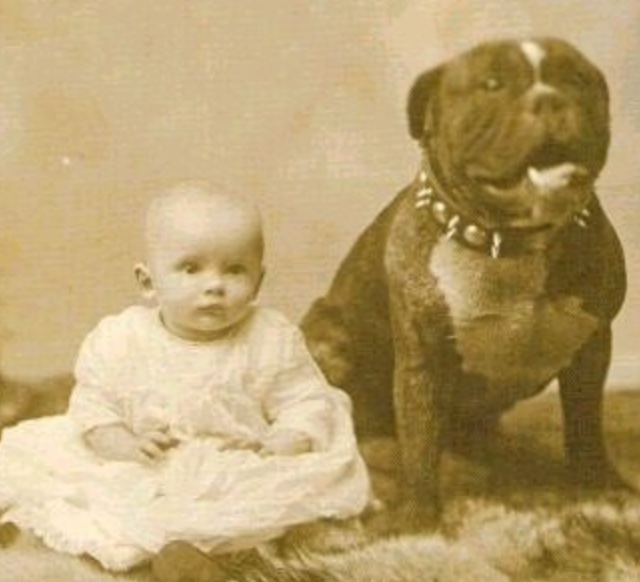








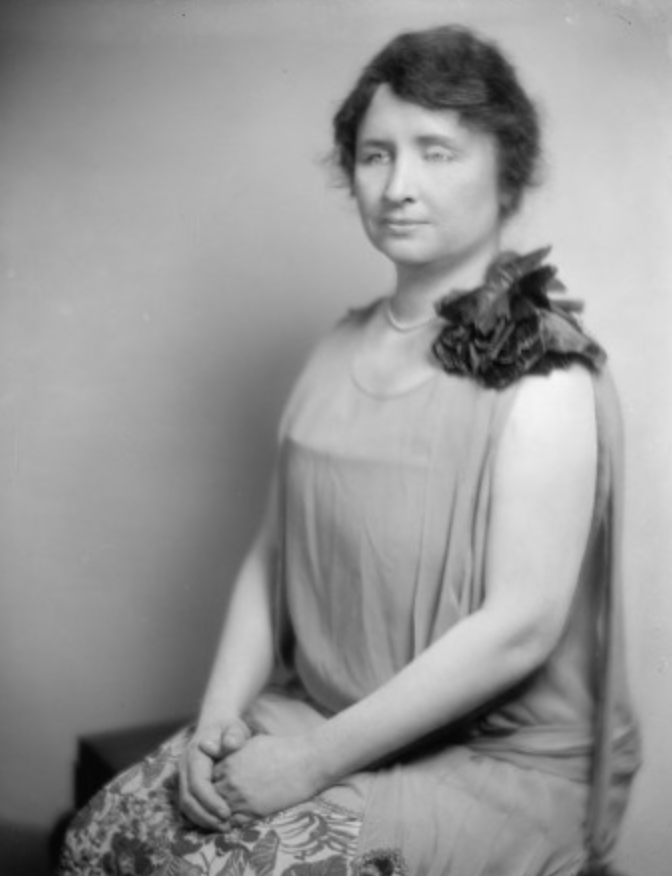
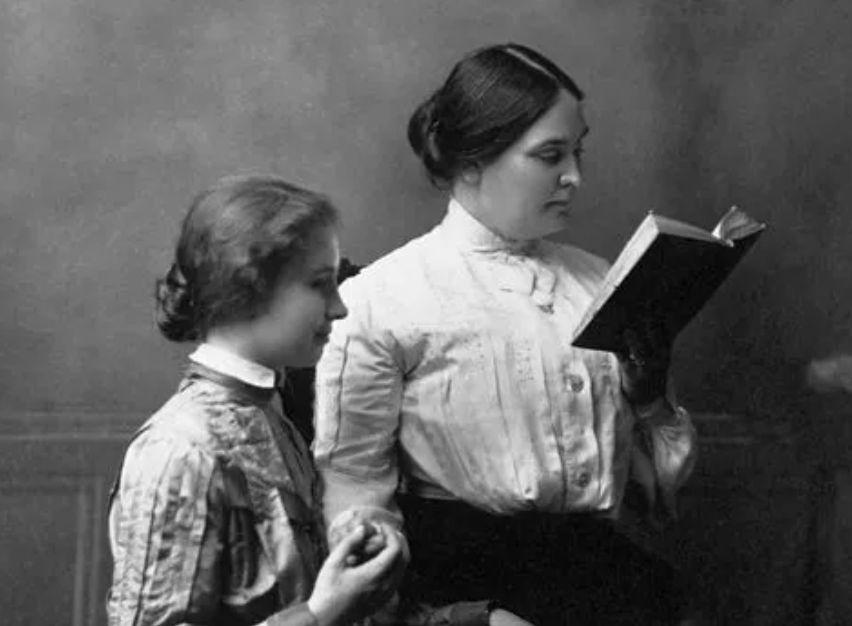


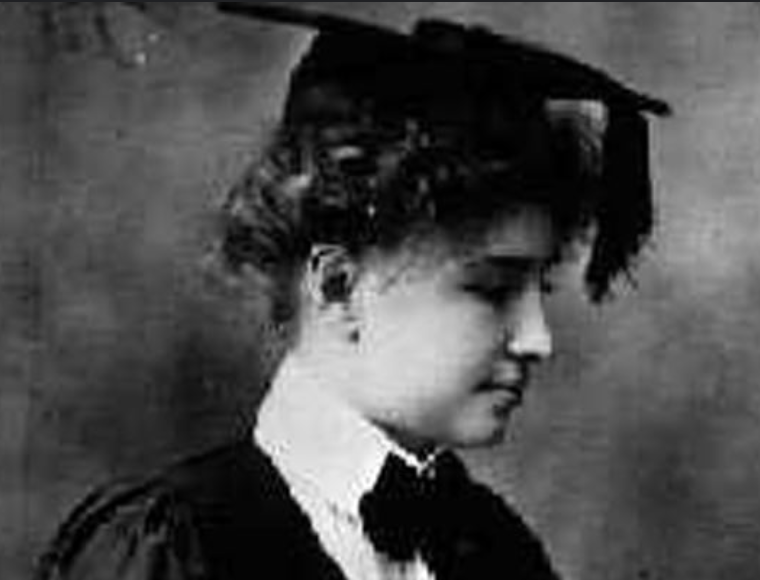

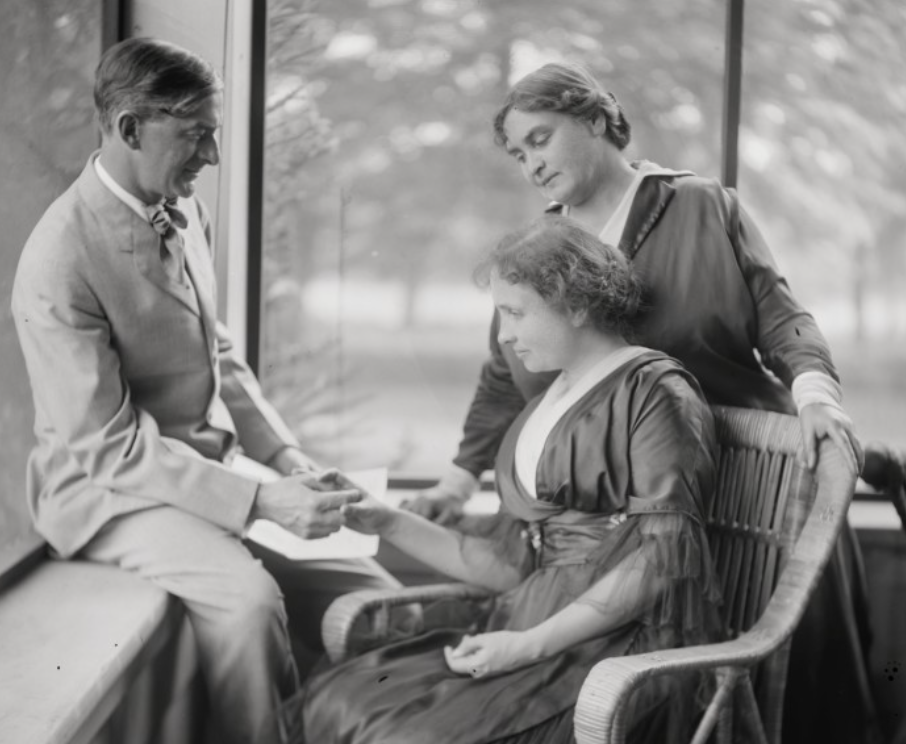







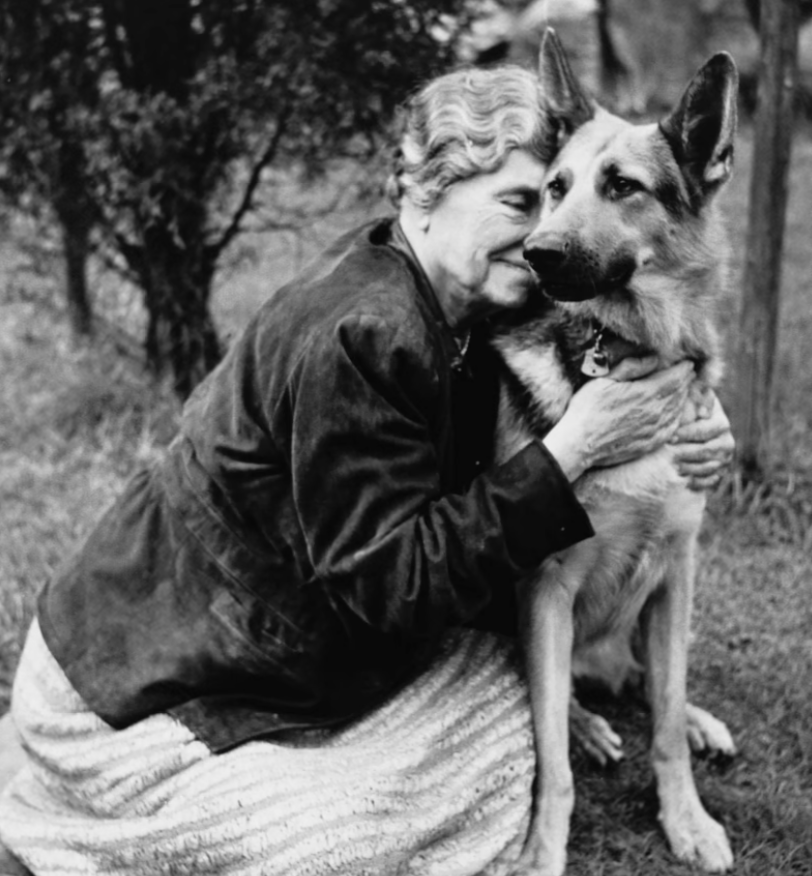








%20NEW-03.png)







